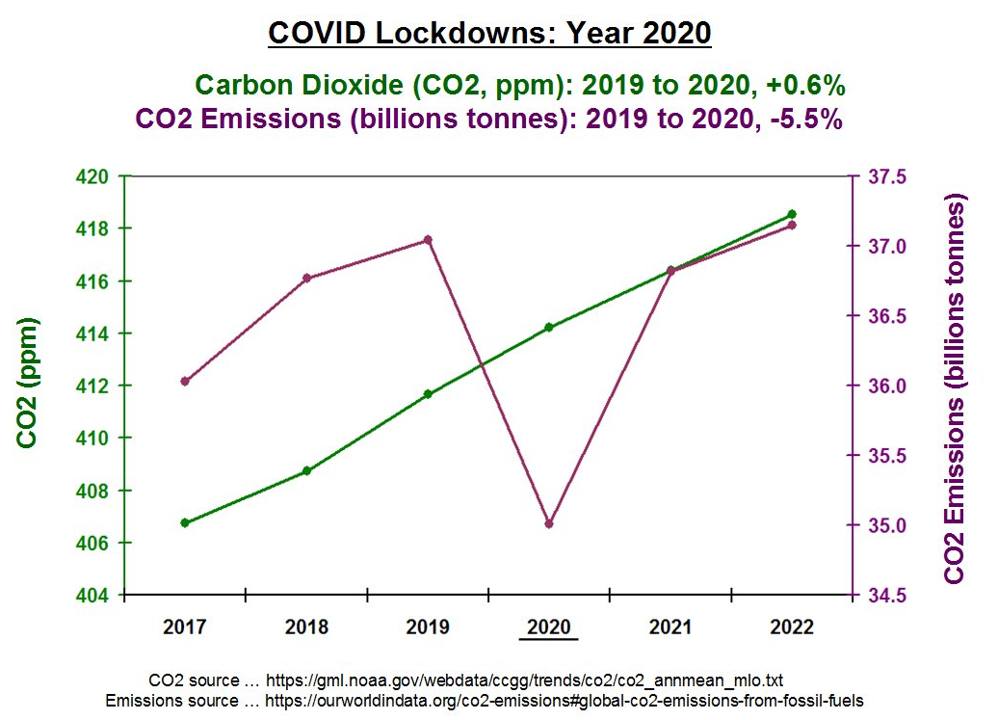Study finds “black carbon, with a total climate forcing of +1.1 W m-2, is the second most important human emission in terms of its climate-forcing in the present-day atmosphere; only carbon dioxide is estimated to have a greater forcing.” This is a large increase from the IPCC AR4 estimates [~ +0.1 Wm-2] of black carbon forcing. However, the IPCC best estimate of the total of all anthropogenic [man-made] climate forcings since 1750 AD is +1.6 Wm-2. Therefore, IPCC estimates of climate sensitivity to CO2 and other ‘greenhouse gases’ [a total of 2.43 Wm-2] would have to decrease significantly, or negative climate forcings would have to increase significantly, in order to keep the sum of positive and negative forcings at the IPCC best estimate of +1.6 Wm-2.




